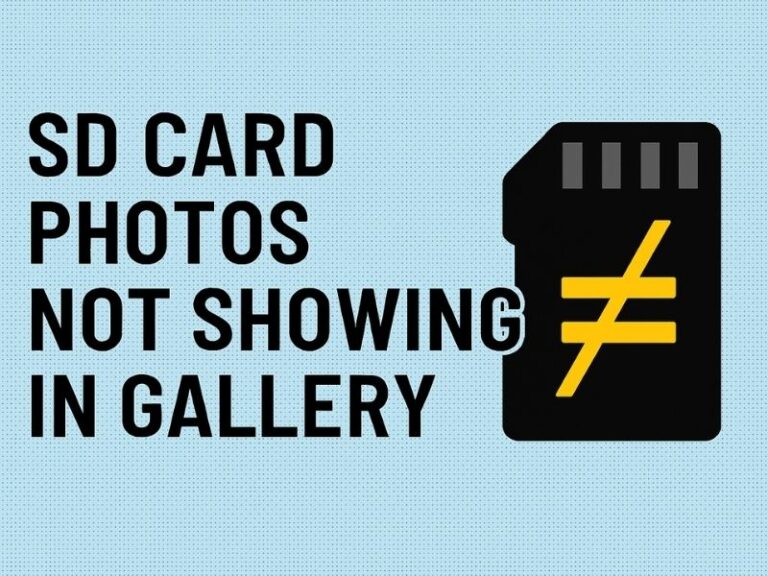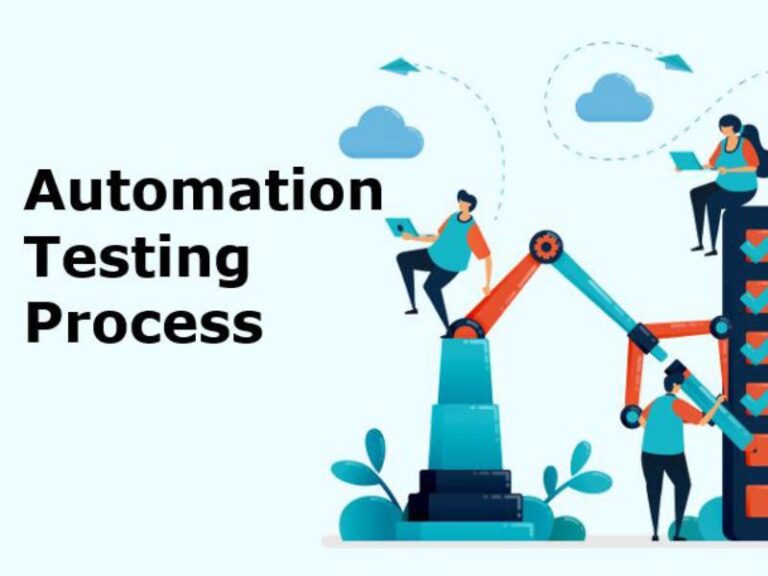Unified Payments Interface (UPI) has revolutionized the way India transacts digitally. Introduced by the National Payments Corporation of India (NPCI), UPI has enabled seamless money transfers, bill payments, and merchant transactions — all in real time. With over 10 billion UPI transactions recorded in recent months, digital payment platforms like Google Pay (GPay), PhonePe, and Paytm have become integral to everyday life.
As UPI adoption grows, regulatory authorities such as the Reserve Bank of India (RBI) and NPCI continue refining its framework to ensure secure, scalable, and inclusive financial ecosystems. Starting August 1, 2025, new UPI rules are set to come into effect. These policy updates will impact millions of users across India. Here’s everything you need to know about these changes — especially if you’re a user of GPay, PhonePe, or Paytm.
What’s Changing in UPI Rules?
The NPCI, under the guidance of the RBI, announced a series of UPI policy reforms intended to enhance user security, streamline compliance, and optimize the efficiency of UPI platforms. These updates are part of India’s broader Digital India Mission and are legally binding from August 1, 2025.
These changes cover key aspects such as KYC compliance, transaction limits, UPI ID management, and added security protocols. As per the latest guidelines, all UPI apps must integrate these changes into their systems to remain in compliance.
Key Changes Users Must Know
a. Updated Transaction Limits
-
Per transaction limit for P2P (peer-to-peer) payments increased from ₹1 lakh to ₹2 lakh for verified users.
-
For P2M (peer-to-merchant) transactions, high-value payments such as for insurance or loans can now go up to ₹5 lakh.
-
For non-KYC users, limits may remain at ₹5,000 or ₹10,000 per day, depending on the bank and app.
b. Dormant UPI IDs to be Deactivated
-
UPI IDs that haven’t been used for more than one year will now be flagged as dormant.
-
After a 3-month notification window, these IDs will be deactivated to reduce cyber fraud risks.
-
Users can reactivate dormant UPI IDs via full KYC and mobile verification.
c. KYC and Account Verification is Mandatory
-
UPI users must now complete full KYC verification to access high-value transactions.
-
Tiered access will be granted based on the level of KYC completed:
-
Minimum KYC: ₹10,000/day cap
-
Full KYC: Up to ₹5 lakh per day depending on use-case
-
d. Transaction Time Windows Introduced
-
Transactions above ₹1 lakh will be restricted between 8 AM to 8 PM for added security.
-
Late-night high-value transactions will require biometric re-authentication or dual-factor approval.
e. Daily and Monthly Caps
-
Daily transaction count capped at 100 transactions per day to avoid spam or bot-like activity.
-
Monthly transaction volume limits may apply to merchants using UPI as their primary business mode.
4. Impact on GPay, PhonePe, and Paytm Users
All major UPI apps have released updates to align with the upcoming regulatory changes.
a. Google Pay (GPay)
-
App now includes in-app notifications for pending KYC updates.
-
Introduced new dashboard features showing transaction limits and status.
-
Option to set transaction alerts and time-based restrictions to avoid failed payments.
b. PhonePe
-
Launched a “KYC Check” button directly in the profile section.
-
Offering biometric login upgrades on supported devices.
-
Users will now receive push notifications for every ID-related change or update request.
c. Paytm
-
Paytm has updated its UPI settings menu to show dormant UPI IDs and allow reactivation.
-
Provides real-time fraud monitoring tips and transaction warnings.
-
Rolling out multi-layer authentication for night transactions above ₹1 lakh.
d. Downtime & Upgrades
-
Expect scheduled downtimes during the last week of July for maintenance updates across all three platforms.
-
Users are advised to update their apps to avoid disruption in services from August 1.
5. Charges or Penalties?
A major concern among users is: Will UPI be chargeable now?
Good News for Users:
-
As of now, no charges are being levied on standard UPI transactions for individual users.
-
RBI and NPCI have reaffirmed that UPI remains free for peer-to-peer and peer-to-merchant (for small merchants) transfers.
For Merchants:
-
Large businesses may incur interchange charges (up to 1.1%) on high-value UPI payments via credit-line-linked wallets or prepaid instruments.
-
These charges do not affect consumers, only merchants above specific thresholds.
Official Statements:
-
Paytm: “UPI remains free for regular users. No changes in our current fee model for consumers.”
-
PhonePe: “We will absorb compliance-related charges for now to ensure seamless transactions.”
-
Google Pay: “Committed to inclusive digital payments with no user-side fees.”
6. Enhanced Security Protocols
Biometric & Face Recognition
-
All UPI apps must integrate biometric verification by default (if device supports it).
-
Facial recognition systems are being piloted in select regions.
OTP & PIN Enhancements
-
Re-entry of UPI PIN now required after 3 failed attempts, regardless of app activity.
-
One-time OTP for new device logins or when changing SIM cards is now mandatory.
Multiple Accounts Protection
-
Users with multiple UPI-linked bank accounts must now select a default bank to avoid payment redirection errors.
-
Alerts will be triggered if a new bank account is linked without full KYC.
7. User Reactions & Social Media Buzz
As the August 1 deadline nears, social media platforms have exploded with reactions to the new UPI rules.
Trending Hashtags:
-
#UPIRules2025
-
#GPayUpdate
-
#PhonePeAlert
-
#PaytmSecurity
Influencers Speak:
-
Finfluencers like Rachana Ranade and Ankur Warikoo have posted videos explaining the KYC update process.
-
Tech reviewers highlight the benefits of biometric UPI, especially for seniors and visually impaired users.
Public Sentiment:
-
Positive: “More secure, fewer scams now!”
-
Skeptical: “Another step to charge us later?”
-
Neutral: “Just another update, we’re used to it.”
8. Expert Opinions & Financial Advisories
What Banks Say:
-
SBI: “The updates are necessary to prevent misuse and ensure legitimate transactions.”
-
HDFC: “Merchants should consult with their RM for understanding fee applicability.”
Financial Advisors Recommend:
-
Complete your KYC verification now to avoid last-minute glitches.
-
Set up biometric authentication on your UPI apps.
-
Use official apps only and beware of phishing links about “UPI rule changes.”
Pros:
-
Improved safety
-
Reduced fraud
-
Higher limits for verified users
Cons:
-
Possible confusion for elderly/non-tech-savvy users
-
Short-term disruption during upgrades
9. Final Take: What You Should Do Now
User Checklist Before August 1:
-
Update all UPI apps (GPay, PhonePe, Paytm).
-
Complete full KYC with your bank or within the app.
-
Enable biometric login and transaction authentication.
-
Check if any of your UPI IDs are dormant.
-
Set daily transaction preferences within your UPI app settings.
-
Be wary of fake update messages or scam links.
For Businesses:
-
Check merchant fee structure for high-value UPI collections.
-
Ensure QR codes are mapped to active UPI IDs.
-
Educate staff about updated time windows and biometric validations.
Conclusion
With the new UPI rules effective from August 1, India is stepping into a more secure and regulated digital payment ecosystem. While the changes may seem technical or overwhelming at first glance, they are designed to protect users and promote safer online transactions. Whether you’re using GPay, PhonePe, or Paytm, timely action and awareness are all you need to continue enjoying seamless UPI payments.






